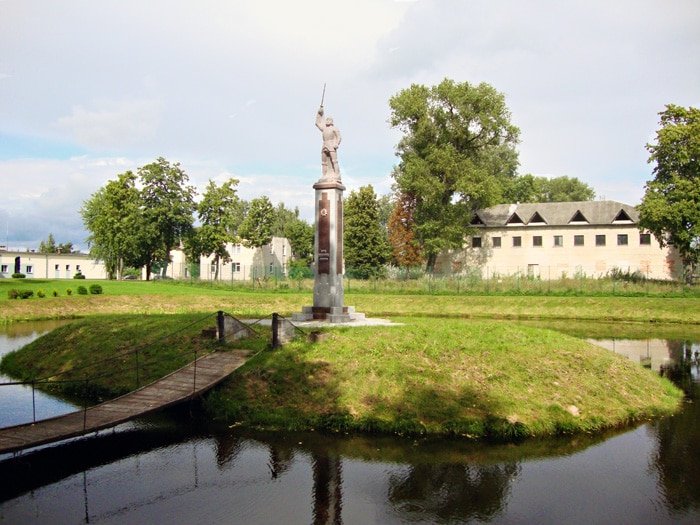Marijonai Gymnasium
The school in monastery building was opened in 1921. Later, the building was made with three floors and was dedicated for boys' gymnasium and dormitory. The school accepted boys from twelve years old. The school employees’ focus was to accept boys from poor families, in that way many parents could save some money by not paying for their children’s education. The main purpose of the gymnasium was to prepare boys for higher education in the future and acquire new candidates for their congregation. This classical gymnasium was formatting the strong knowledge steps. Despite huge attention to language they also focused on philosophy, physics, math, biology, history, church, drawing and physical education. They also had many different school clubs like literature, society, abstinent, sports and drama. Marijonai gymnasium released many doctors, engineers, lawyers and other specialist at interwar time. Gymnasium was closed in 1940. The school was revived in 1997, after Lithuania became an independent country. Later, in 2008 the school was named as a gymnasium.










